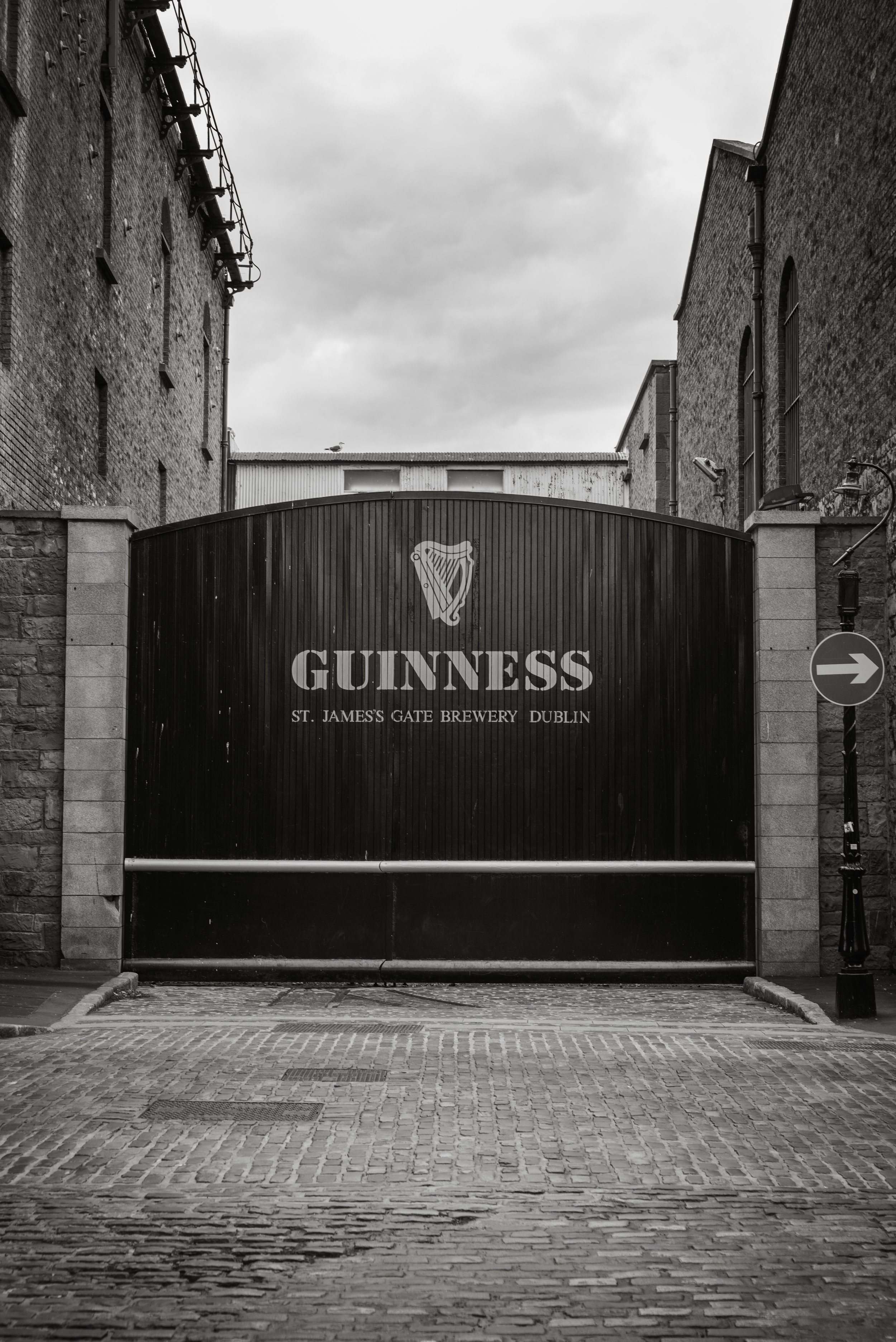Later in the day after my afternoon at Trinity. I took the tram to Hueston station, a short walk to Phoenix Park. In total, I had been in or through Phoenix Park three times. The first was on a bus tour with the program directors and fellow students. We got out of the bus to take a group picture near the ginormous cross where Pope Francis will say mass this August and where in the 1970’s, Pope John Paul II said mass to over a million people. The second time I went through Phoenix Park was to get to Dublin Zoo. This final stop in Phoenix Park had two goals, to see the Wellington Monument and the deer.
On our bus tour through Phoenix Park, our program director explained that deer roam the park and if you’re lucky you can interact with them and give them a pet. While we were leaving that day, we saw them in a field. I knew on that early day that I would absolutely come back to see them. And I did.
Our first trip to Phoenix Park
I guess I was expecting to have some magical girl/Disney Princess moment in the woods, frolicking around cute deer who let me pet them. I did get to pet the deer and see them up close. What I did not expect was how much their faces freaked me out with their large bug-eyes on the sides of their head. My list of fears stands at 1: confined spaces 2: heights 3: The deer at Phoenix Park.
The Wellington Monument
I found the deer almost immediately, but it took some time for them to warm up to me. After some time one deer decided I was interesting and walked up to me. I was able to pet him and checked that off my list. Once people saw me interacting with the deer a family and a few people in cars stopped to interact with them too. I was able to take pictures pretty easily while others entertained them.
I was so excited at this moment until I saw someone pull out white bread and begin feeding the deer. Just like my issues with people not following photography rules, I was mad at seeing someone feed a deer something obviously not close to their diet. A gaggle of teenagers came up not much longer and scared the deer away for fun. They dashed through a field of tall grass and away from the people.
It had been a long day at this point and I headed back for the tram station, passing a small pond to see the swans before leaving for Temple Bar.




